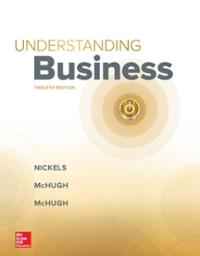Question
Table 3 presents results of models (for both Males and Females) with and without the Neighborhood characteristics (HILDA) variables, including Neighbourly social interaction and support.
Table 3 presents results of models (for both Males and Females) with and without the "Neighborhood characteristics (HILDA)" variables, including "Neighbourly social interaction and support". Consider the models for Males. Notice that the coefficient estimate on "Outer regional Australia" falls from 0.129 in the "Census" model to 0.086 in the "Census and HILDA" model, which includes the extra variables such as "Neighbourly social interaction and support". The t-stat on "Outer regional Australia" also falls from 2.37 to 1.51.
Read the discussion on page 437, especially the sentence "Furthermore, the inclusion of these variables eliminates the finding for males of increased life satisfaction levels in outer Australia."
One interpretation of these results is that the coefficient on "Outer regional Australia" is too high in the "Census" model where the extra neighbourhood variables from HILDA are not included.What type of bias is this an example of?
Group of answer choices
Quadratic bias
Omitted variables bias
Multicollinearity bias
Non-random sampling bias
Step by Step Solution
There are 3 Steps involved in it
Step: 1

Get Instant Access to Expert-Tailored Solutions
See step-by-step solutions with expert insights and AI powered tools for academic success
Step: 2

Step: 3

Ace Your Homework with AI
Get the answers you need in no time with our AI-driven, step-by-step assistance
Get Started


